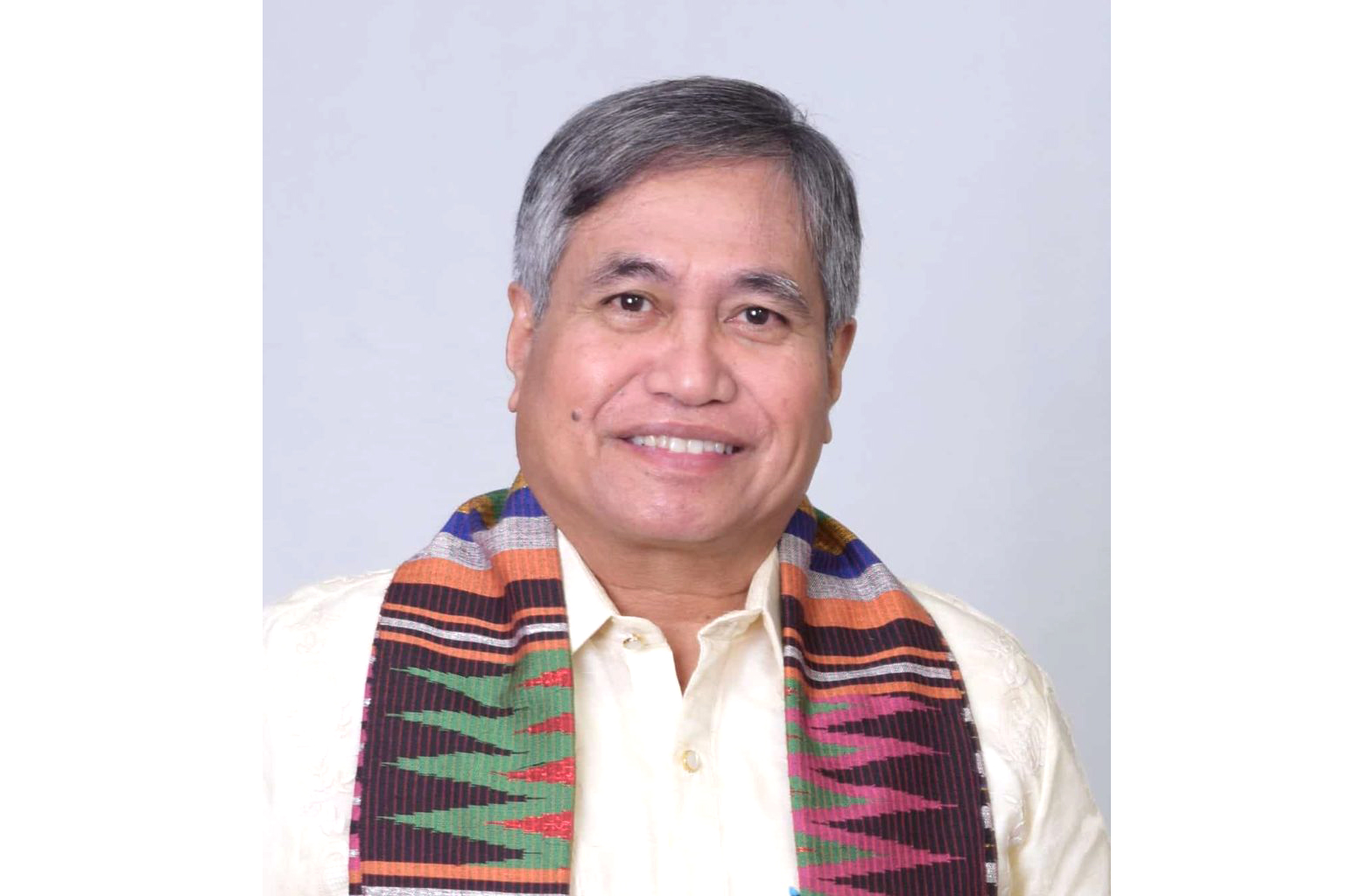FROM THE MARGINS

Bangko Sentral ng Pilipinas (BSP) Governor Eli Remolona, Jr. has announced that 65 percent of Filipino households now have bank accounts. Account ownership is a basic indicator of financial inclusion and this jump in account penetration, from 29 percent in 2019, is a big stride in the country’s quest for a financial ecosystem that leaves no one behind.
Financial literacy is a driver of financial inclusion. Financially-literate people make informed financial decisions and support life-transforming goals like saving for education or retirement, using loans responsibly and running a business. Knowing the positive impact of financial literacy on economic growth, the Microinsurance MBA Association of the Philippines (MiMAP) held its first online financial literacy program last Oct. 31. Almost 250 participants from 15 microinsurance mutual benefit associations all over the Philippines attended the program called, “Kaalamang Pinansiyal, Ngayon Na!.”
In a video message, Insurance Commissioner Reynaldo Regalado expressed his appreciation of the literacy program, which was organized by MiMAP to celebrate both “Life Insurance Consciousness Week” and “Economic and Financial Literacy Week.” The former is observed every first week of October per Proclamation No. 1059, s. 1997, while the latter is celebrated every second week of November pursuant to R.A. No. 10922. Both highlight the importance of financial literacy on people’s financial well-being.
Financial literacy and poverty reduction
There is a growing body of literature providing evidence that financial literacy aids people in making better financial decisions that can lead to improved financial outcomes such as higher savings, lower debts, and greater wealth accumulation.
It is good that the BSP is prioritizing financial literacy and education programs because data from the 2021 Financial Inclusion Survey (FIS) show that when asked basic financial literacy questions, only two in 10 Filipinos gained perfect scores, while seven in 10 correctly answered at least half of the questions. The FIS also indicates that only 42 percent of adult Filipinos correctly identified inflation’s effect on purchasing power and only 30 percent understood simple and compound interest. While more Filipinos may be owning financial accounts, less are saving and availing of insurance compared to 2019. More adults also reported having outstanding loans. During the Financial Stakeholders’ Education Expo in November 2022, then BSP Governor Felipe Medalla said that only 25 percent of adult Filipinos are knowledgeable on basic financial concepts, according to the World Bank. He also mentioned a Standard and Poor’s global study showing the Philippines at the bottom 30 out of 144 countries surveyed on financial literacy.
Considering these data, I think we need to prioritize our citizens’ financial education and financial literacy. Perhaps, other government institutions — especially those in the education sector — could help the BSP in implementing financial literacy programs for ordinary Filipinos of all ages, especially the young.
Bridging the gap
Prevalent poverty and low financial literacy negatively impact the growth of the insurance industry, said Deputy Insurance Commissioner Ferdinand George Florendo during the Insurance Truth and Consequence Forum held in December 2022. Hardly surprising, since basic necessities like food would be all-important to people living below the poverty line.
Microinsurance MBAs (Mi-MBAs), whose members comprise mostly microfinance clients from low-income communities, play an important role in promoting insurance and financial literacy among vulnerable groups. Insuring 28.82 million lives, they are the leading providers of microinsurance in the country. They could replicate MiMAP’s and BSP’s financial literacy programs for their membership. The modules can be discussed during Center Meetings, which could serve as venues to educate people about the importance of savings, loans, microinsurance and other financial products as means to improve the economic well-being of their families. I have seen first-hand how effective information-sharing among members can be in instilling credit discipline and helping people manage their finances better.
Financial literacy programs encourage Mi-MBA members to build savings, invest in children’s education, buy insurance to protect against financial shocks, and even prepare for retirement. Based on data from the Philippine Statistics Authority (PSA), of the 7.6 million Filipinos aged 60 and above, only 20 percent are covered by SSS and GSIS. About 80 percent of Filipinos nearing retirement age are financially unprepared for the financial cost of living beyond their employment years. Mi-MBAs could help by encouraging their members to save for the future or register with SSS as self-employed entrepreneurs. Thru their partner MFIs, they could facilitate microfinance loans for SSS contributions, or even develop retirement fund products for their members.
Financial literacy is crucial to poverty reduction. It empowers people to understand how money works and use that knowledge to ensure a financially secure future for themselves and their families. Bridging the financial literacy gap among Filipinos requires an all-of-government approach and the support of the private sector. We can all do our part to help improve the financial literacy of every Juana and Juan.
* * *
“Financial literacy begins the process of earning more for what you know and less for what you do.” — Linsey Mills
(Dr. Jaime Aristotle B. Alip is a poverty eradication advocate. He is the founder of the Center for Agriculture and Rural Development Mutually-Reinforcing Institutions (CARD MRI).)